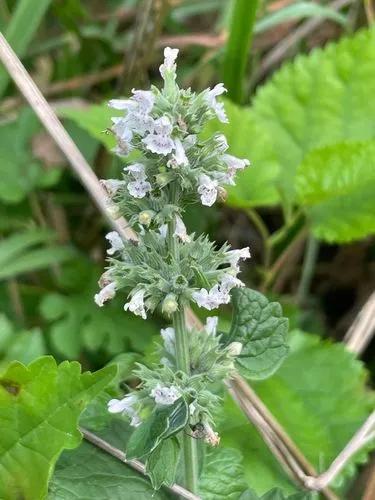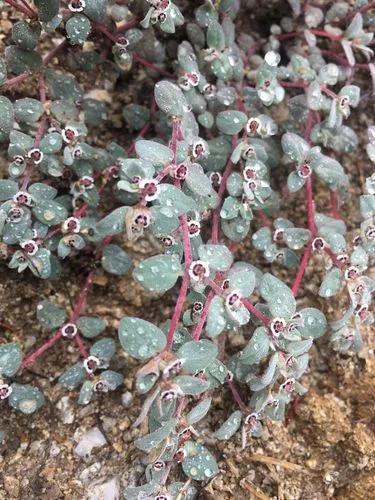Linaria [lin-AR-ee-uh], commonly known as Toadflax, is a large genus of 150 species of flowering plants.This genus of small bright flowering plants is, in fact, one of the largest herbaceous perennials and annuals in the Antirrhineae tribe.The genus belongs to the plantain family Plantaginaceae and was originally placed in the Scrophulariaceae family.They are native to temperate climates in Europe, Asia, and northern Africa.However, the highest species diversity is found in Mediterranean regions.The scientific name Linaria means “resembling Linum or flax.”This is because the foliage of some of the species superficially resembles Linum.
Corn Toadflax Care
Linaria Arvensis



How to Care for the Plant

Water

The plants have average watering needs and are susceptible to root rot when overwatered.Linaria is also a very drought-resistant genus.It can grow in drystone walls once the plants are established.

Pruning

Prune the flowers back once they bloom to prevent self-seeding.

Fertilizer

These plants can spread fairly aggressively and doesn’t need much feeding and regular fertilization to grow and succeed.

Sunlight

Linaria plants are native to temperate climates and can grow in USDA zones 3a to 9b.The plants love woodlands and gardens and can thrive in both sunny edges, semi-shade light woodlands or no shade.

Soil

Like many other annuals and perennial plants, Linaria also prefers moderately well-drained soil.It can thrive in all kinds of soil, including loam, sand, and clay.As for pH, the plants can grow in mildly acidic (6.1 to 6.5), neutral (6.6 to 7.5), and mildly alkaline (7.6 to 7.8) soils.

Additional

Even though they are avoided by ruminants, they are toxic for livestock.

Popularity

4 people already have this plant 3 people have added this plant to their wishlists
Discover more plants with the list below
Popular articles






